Compatibility of gooseberries with currants and other crops in the garden
Gooseberries (lat. Ribes uva-crispa) are not a capricious plant, but to increase productivity it is important to choose a suitable environment for it. Experienced gardeners know that proximity to some crops contributes to their proper and healthy development, while proximity to other plants is depressing, causes disease and even death. Let's look at what you can and cannot plant gooseberries with next to them.
The best neighbors for gooseberries in the garden
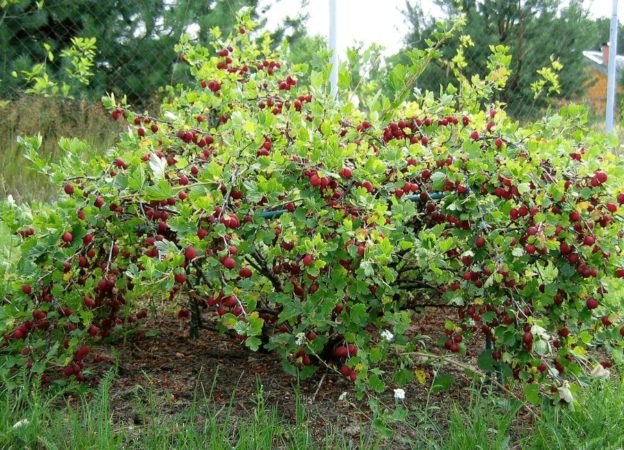
Choosing good neighbors for garden plants is a very responsible task. The correct arrangement of crops on the site will not only significantly facilitate the work life of the summer resident, but will also increase the productivity of the berry garden and reduce the risk of diseases and damage by pests.
What can you plant next to gooseberries? Favorable neighbors are plants that do not compete with it for food, have different root system structures that allow them to extract moisture from the soil at different depths, do not shade each other and are not affected by the same infections.
Among garden crops, the most suitable companions for gooseberries are their other varieties: with mutual cross-pollination, more ovaries are formed. This will have a positive effect on the future harvest: there will be more berries, they will become larger and tastier.
Gooseberries and red currants are compatible. Although the bushes are attacked by the same insect pests, the currant does not “eat” its neighbor, leaving a sufficient amount of nutrients in the soil.It prefers slightly dry soil and well-lit areas and requires similar care.
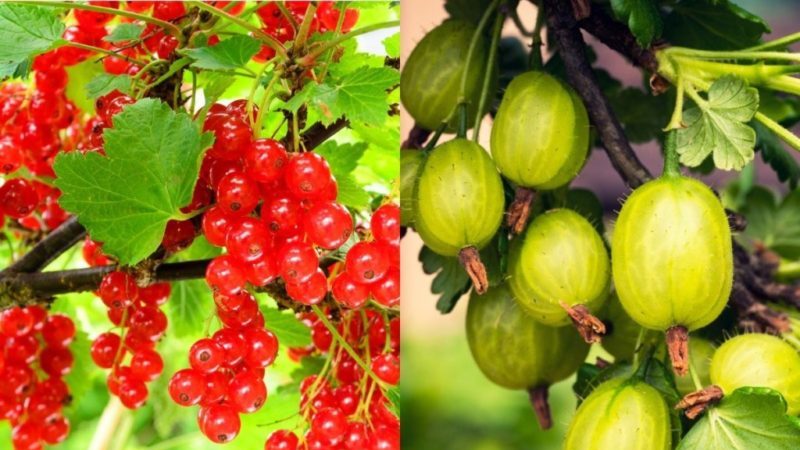
Reference. Honeysuckle roots release biologically active components into the soil that are beneficial for gooseberries.
Blackberries are not the most popular berry in summer cottages. Its compatibility with other plants has been poorly studied. According to some experimental gardeners, gooseberries and blackberries can coexist quite successfully in the same area.
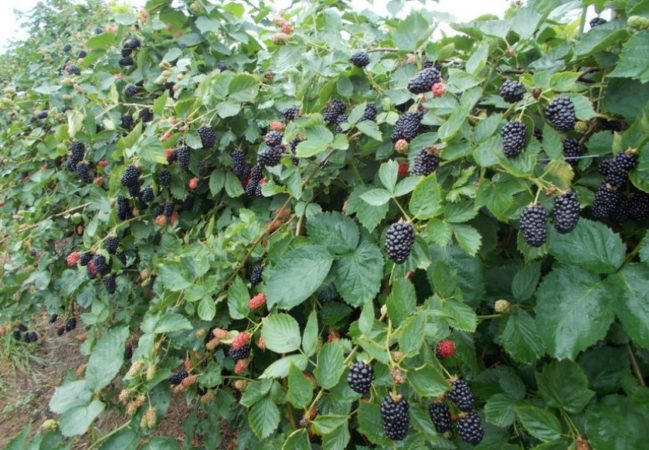
Among the herbs, sage, lemon balm, basil and mint are planted next to gooseberries, but hyssop and fennel will inhibit the development of the bush.
Neutral neighborhood
Each plant secretes substances that inhibit some species, have a positive effect on others, and have no effect on others.
Neighborhood with an apple tree, cherry, plums are indifferent to gooseberries. The roots of these fruit crops are much deeper, so they will not extract all the moisture from under the gooseberries. By choosing such a neighborhood, you cannot save space.
It is recommended to place plants at a distance of at least 2-3 m from each other, so that the wide crowns of fruit trees do not shade small berry gardens. Lack of light leads to a decrease in their productivity.
Fruit trees and berry bushes get along well while they are all young. Mature trees crowd out gooseberries.
Incompatible cultures
Gooseberries have few enemies among plants, but not every fruit-bearing bush will be an excellent neighbor for it.
- Raspberries photophilous and aggressive. Winning its place in the sun, it grows between the branches of other plants, taking away nutrients and moisture and gradually displacing its neighbors. Therefore, gooseberries and raspberries are incompatible.
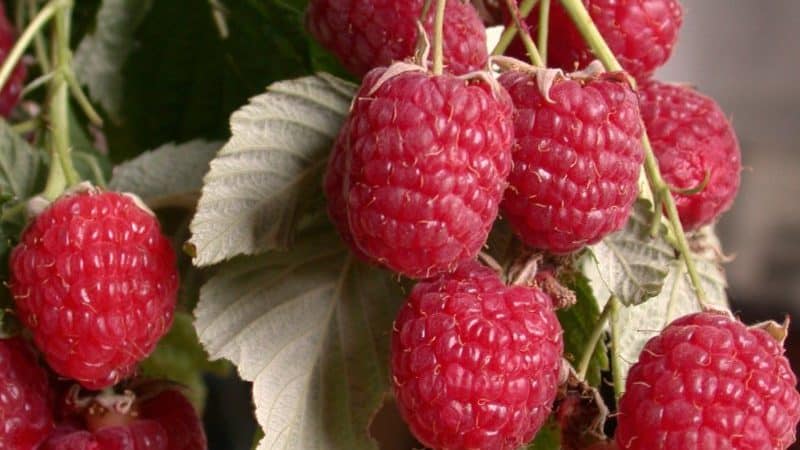
- The neighborhood of gooseberries and black currant also undesirable due to similar infectious diseases and a common pest - moth. This variety of currant loves moist areas, but without stagnant water, while gooseberries suffer from high soil moisture. For healthy longevity, it is better to plant shrubs away from each other.
- Cherry capable of filling the entire area in a short time. Therefore, it is recommended to grow it in the far corner of the garden, away from other crops.
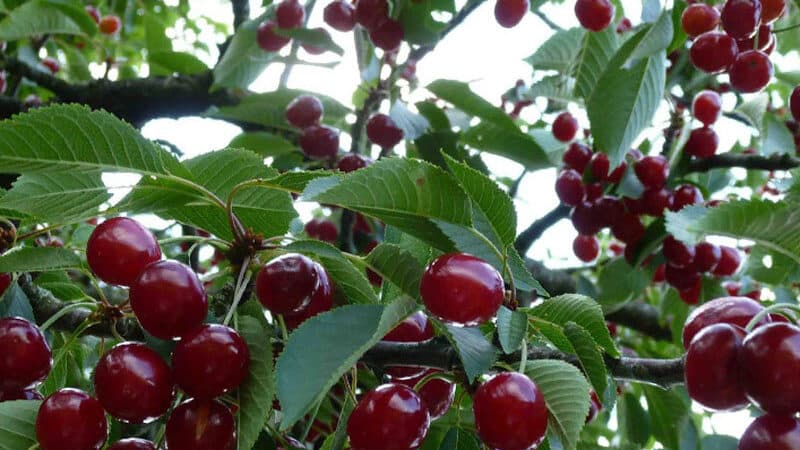
- Adult crown apricot spreading, reaches 3.5 m, and the roots grow up to 5–7 m in diameter. At this distance, it is better to plant small shrubs so that an adult tree does not oppress its neighbors.
Conclusion
When plants interact, the effect is always noticeable. If the combination is unsuccessful (for example, gooseberries and cherries, black currants or raspberries), one of the crops will displace the other. However, it happens that with abundant application of fertilizers, trees and shrubs grow so well that the suppression effect is temporarily smoothed out.